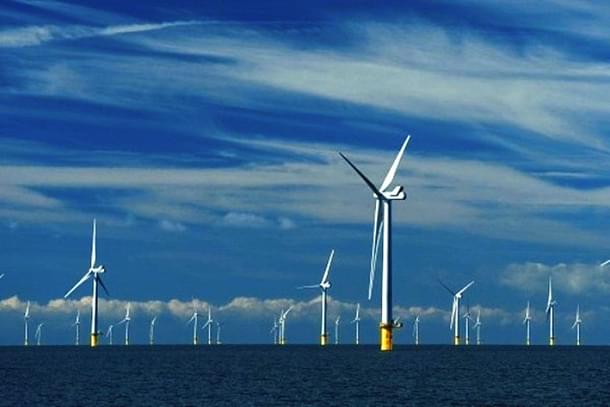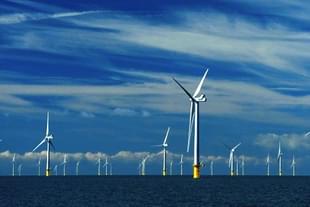Infrastructure
On High Seas: Centre Invites Bids For 4 GW Offshore Wind Energy Projects In Tamil Nadu
Amit Mishra
Feb 07, 2024, 04:50 PM | Updated 05:34 PM IST
Save & read from anywhere!
Bookmark stories for easy access on any device or the Swarajya app.


India's pursuit of clean energy received a significant boost last week, when the centre invited developers to set up 4 giga-watt (GW) of offshore wind energy projects off the coast of Tamil Nadu.
The state-controlled, Solar Energy Corporation of India (SECI), has invited bids to allocate four blocks of 1 GW each for development of offshore wind power projects.
Under this arrangement, the developers who win the bid for each block will set up 1 GW offshore wind energy capacity and sell electricity directly to consumers under the open access regime.
Open access serves as a pivotal framework in power market development, fostering healthy competition by granting consumers the freedom to select their suppliers, and vice versa. In essence, it ensures both buyers and sellers have the liberty to choose their counterparts, promoting a dynamic and efficient marketplace.
Furthermore, no viability gap funding will be allocated under the open access bids. Instead, the renewable energy produced will be directed towards high-tariff band industries and similar entities for purchase.
Many Advantages
Offshore wind energy is the clean and renewable energy obtained by taking advantage of the force of the wind that is produced on the high seas.
The benefits of offshore wind are abundant. It eliminates the limitations posed by land availability, boasting a higher Capacity Utilisation Function nearing 50 per cent. Additionally, offshore wind turbines exhibit greater efficiencies compared to their onshore counterparts.
India is blessed with a coastline of about 7,600 km, surrounded by water on three sides and has good prospects of harnessing offshore wind energy.
Yet, despite these geographical advantages and a robust policy framework, the offshore wind sector has yet to realise its potential. As of now, not a single offshore wind project has been established in the country.
India has positioned itself as a champion for renewable energy — its 2030 targets as articulated in its formal, nationally-determined contributions speak of tripling renewable energy capacity to 500 GW by 2030.
As a result, the tender announcement signifies a strategic step towards significantly enhancing India's offshore wind energy sector, laying the groundwork for the next leap in the country's green energy ambitions.





